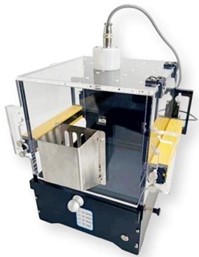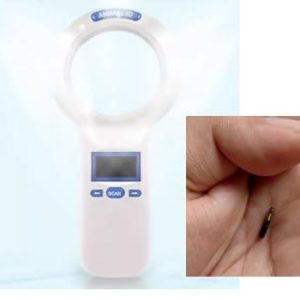Test Introduction
The Sucrose Preference Test, also known as the Two-Bottle Choice Test, is an established behavioral assay used to study drug addiction (including oral alcohol consumption) and depressive-like behaviors in animals. Rodents exhibit a natural preference for sweet tastes; however, the development of depressive-like behaviors leads to a measurable reduction in this sucrose preference. Anhedonia—the inability to experience pleasure—is a core feature of psychiatric and behavioral disorders. This aligns with the common human depressive symptom: “The world appears gray; I can no longer feel joy.” Based on this principle, the Sucrose Preference Test serves as a key tool for assessing depressive-like behavior in animals and evaluating the efficacy of antidepressant treatments.
The system indirectly measures fluid intake by recording the animal’s lick behavior. The software enables continuous 24/7 sampling and logging, allowing for time-phased analysis of drinking consumption.

Product Features
Multi-Channel Operation: Supports unlimited experimental cages; allows simultaneous multi-channel testing.
Remote Access & Monitoring: Software provides real-time access to device status and data from any location. The system operates autonomously for extended periods, eliminating the need for constant supervision.
Maintenance-Free Software: Offers flexible cloud-based or local deployment. Users are shielded from issues related to PC upgrades or failures.
Wireless Hardware Setup: Features automatic network configuration for a true plug-and-play experience, removing the hassle of cable connections.
Experiment Dashboard: Monitors remaining volume in Bottles A & B, consumption from each bottle, locomotor activity, movement trajectories, and rearing counts. All data can be exported to Excel.
Flexible Data Display & Graphing: Data can be visualized for any user-defined time segment and presented as line graphs.
Customizable Parameter Plotting: Line graphs can be generated for any specific parameter of interest.
Animal Management: Allows flexible assignment of animal IDs and group classifications.
Project Management: Enables creation of multiple experimental projects for organized data归属.
Data Querying: Facilitates retrieval of data for individual animals, specific groups, or entire projects.
Data Visualization Tools: Generates line graphs, activity plots, and rearing pulse charts.
Data Export Capabilities: Exports raw data to Excel and graphs to JPG format.
Technical Specifications
Cage Dimensions: 350 x 350 x 350 mm
Cage Material: Aluminum alloy frame with transparent acrylic panels
Built-in waste collection tray at the cage bottom
Cage Support Material: Stainless steel
Bottle A Capacity: 80 ml
Bottle B Capacity: 80 ml
Activity Detection Method: XY infrared thermal sensor array (8×8)
Number of Channels: 4 to 32 channels (configurable)
Rearing Detection Method: 5mm infrared beam pairs, height-adjustable
Weight Sensor Range: 1000 g
Bottle A Consumption Accuracy: 0.01 ml
Bottle B Consumption Accuracy: 0.01 ml
Software Data Output: Consumption from Bottles A & B, locomotor activity, lick frequency/duration for each bottle, movement trajectory, rearing count; all exportable to Excel.
Available Graphs: Consumption waveform charts (for both bottles), activity histograms, movement trajectory maps; all exportable as JPG.









评价
目前还没有评价